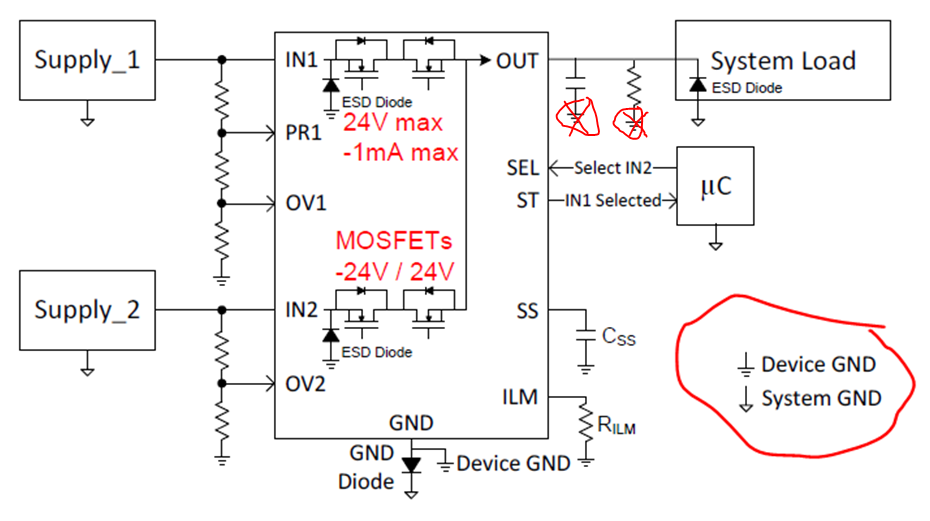Hi team.
I'd like to get your advice in our situation.
I am thinking the battery circuit using TPS2121.
In one case,It is conceivable that the battery is reversely connected.
In this case, the negative power enters the device.
Is there any problem? and is the device broken?
I think it is NG, because the device can not enter the negative power.
(According the datasheet at p.6)
I am happy, if it dose not break and protection works.
Sincerely.
Kengo.


